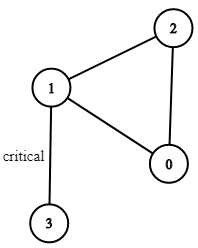Given a collection of distinct integers, return all possible permutations.
Example:
Input: [1,2,3]
Output:
[
[1,2,3],
[1,3,2],
[2,1,3],
[2,3,1],
[3,1,2],
[3,2,1]
]
代码
class Solution(object):
def permute(self, nums):
"""
:type nums: List[int]
:rtype: List[List[int]]
"""
total = len(nums)
res = []
permute = deque()
permute.append([])
for cur in nums:
permute_len = len(permute)
for _ in range(permute_len):
last_permute = permute.popleft()
for pos in range(len(last_permute) + 1):
# insert current number to each position
new_permute = list(last_permute)
new_permute.insert(pos, cur)
if len(new_permute) == total:
res.append(new_permute)
else:
permute.append(new_permute)
return resGiven a set of distinct integers, nums, return all possible subsets (the power set).
Note: The solution set must not contain duplicate subsets.
Example:
Input: nums = [1,2,3]
Output:
[
[3],
[1],
[2],
[1,2,3],
[1,3],
[2,3],
[1,2],
[]
]
代码
class Solution(object):
def subsets(self, nums):
"""
:type nums: List[int]
:rtype: List[List[int]]
"""
subsets = []
subsets.append([])
for cur in nums:
sublen = len(subsets)
for i in range(sublen):
each = list(subsets[i])
each.append(cur)
subsets.append(each)
return subsets
Examples:
Input: S = "a1b2"
Output: ["a1b2", "a1B2", "A1b2", "A1B2"]
Input: S = "3z4"
Output: ["3z4", "3Z4"]
Input: S = "12345"
Output: ["12345"]
代码
class Solution(object):
def letterCasePermutation(self, string):
"""
:type S: str
:rtype: List[str]
"""
permute = []
permute.append(string)
for i in range(len(string)):
if string[i].isalpha():
permute_len = len(permute)
for j in range(permute_len):
each = list(permute[j])
each[i] = each[i].swapcase()
permute.append("".join(each))
return permute












